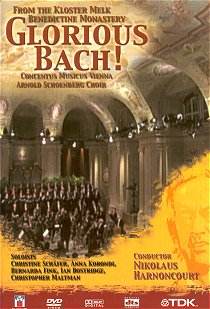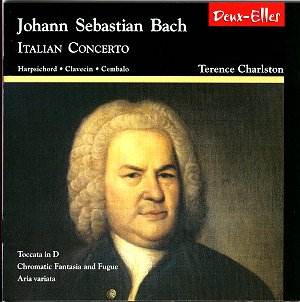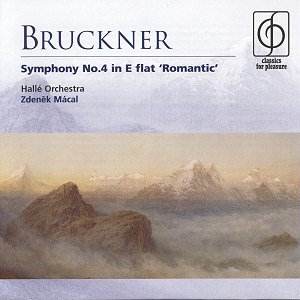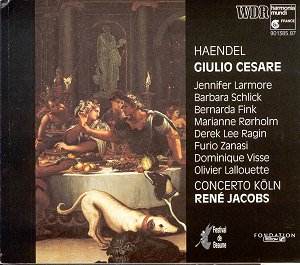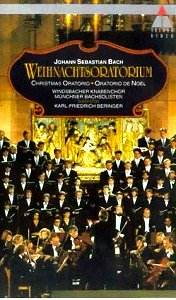 Composer: Johann Sebastian Bach
Composer: Johann Sebastian Bach
Works: Christmas Oratorio
Performers: Juliane Banse (soprano), Cornelia Kallisch (alto), Markus Schafer (tenor), Robert Swenson (tenor), Thomas Quasthoff (bass), Windsbacher Knabenchor, Münchener Bachsolisten, Karl-Friedrich Beringer (conductor)
Recording: Recorded in Heilsbronn Munster, July 1991
Label: Teldec video 4509-91124-3
Bach’s Christmas Oratorio, a monumental tapestry of sacred music, comprises six cantatas intended for performance during the Christmas season. Composed in 1734, this work emerges from a period of theological questioning and the burgeoning influence of secular styles in German music. It stands as a testament to Bach’s ability to encapsulate the festive spirit while navigating the complex interplay of faith and artistic expression. The oratorio’s structure allows for both elaborate choral writing and intimate solo passages, reflecting the multifaceted nature of the Christmas narrative.
This particular recording features the Windsbacher Knabenchor and a selection of soloists, which presents an interesting interpretative choice. While the boys’ choir delivers commendable performances, the absence of female voices leads to a noticeable lack of harmonic richness, which, in the context of Bach’s intricate choral textures, feels like a missed opportunity. The all-male choir, while technically proficient, often sounds monochromatic, and the initial excitement of their sound gradually recedes into a somewhat wearisome uniformity. This is particularly evident in the choral movements, where the potential for contrasting timbres and colors is unfulfilled.
The conducting of Karl-Friedrich Beringer leans toward a precise, almost clinical approach, emphasizing rhythmic clarity but neglecting the emotional nuances that give Bach’s music its profound depth. The interpretation lacks the warmth and spontaneity that one might hope for in such a celebratory work. In contrast, the soloists introduce a measure of expressiveness, with Juliane Banse and Thomas Quasthoff standing out as exemplary performers. Banse’s soprano voice shines brightly, especially in her aria, where her agility and tonal clarity are striking. Quasthoff’s bass, characterized by a rich, commanding presence, resonates powerfully, particularly in his duet with the trumpet in Cantata Four, which showcases both the textural and emotional interplay Bach so masterfully crafted.
From a technical perspective, the recording quality is commendable, capturing the intricate details of the orchestration and vocal lines. However, certain aspects, such as the choice of sticks by the timpanist, detract from the overall cohesion of the performance; the attacks are somewhat disjointed, failing to blend seamlessly with the orchestral fabric. The woodwind section, particularly the oboes and the trumpet, delivers a delightful performance, imbued with a vibrant character that contrasts sharply with the more restrained choral sections.
While the boys’ choir displays commendable moments, particularly in their poignant contributions during Quasthoff’s solo passages, the disparity in vocal maturity between them and the adult soloists is often jarring. The spiritual uplift that one anticipates from Bach’s music occasionally feels muted, leaving an impression that is more academic than transcendent. The arias, while beautifully constructed, can feel prolonged, and the observance of repeats detracts from the overall pacing.
This recording, while featuring notable performances from Banse and Quasthoff, is hampered by a lack of vocal color and a somewhat uninspiring interpretation. The technical merits are there, but the emotional depth that is the hallmark of Bach’s genius is, regrettably, not fully realized. For those seeking a definitive Christmas Oratorio experience, alternate recordings may yet provide a more vibrant and spiritually fulfilling encounter with Bach’s enduring masterpiece.
